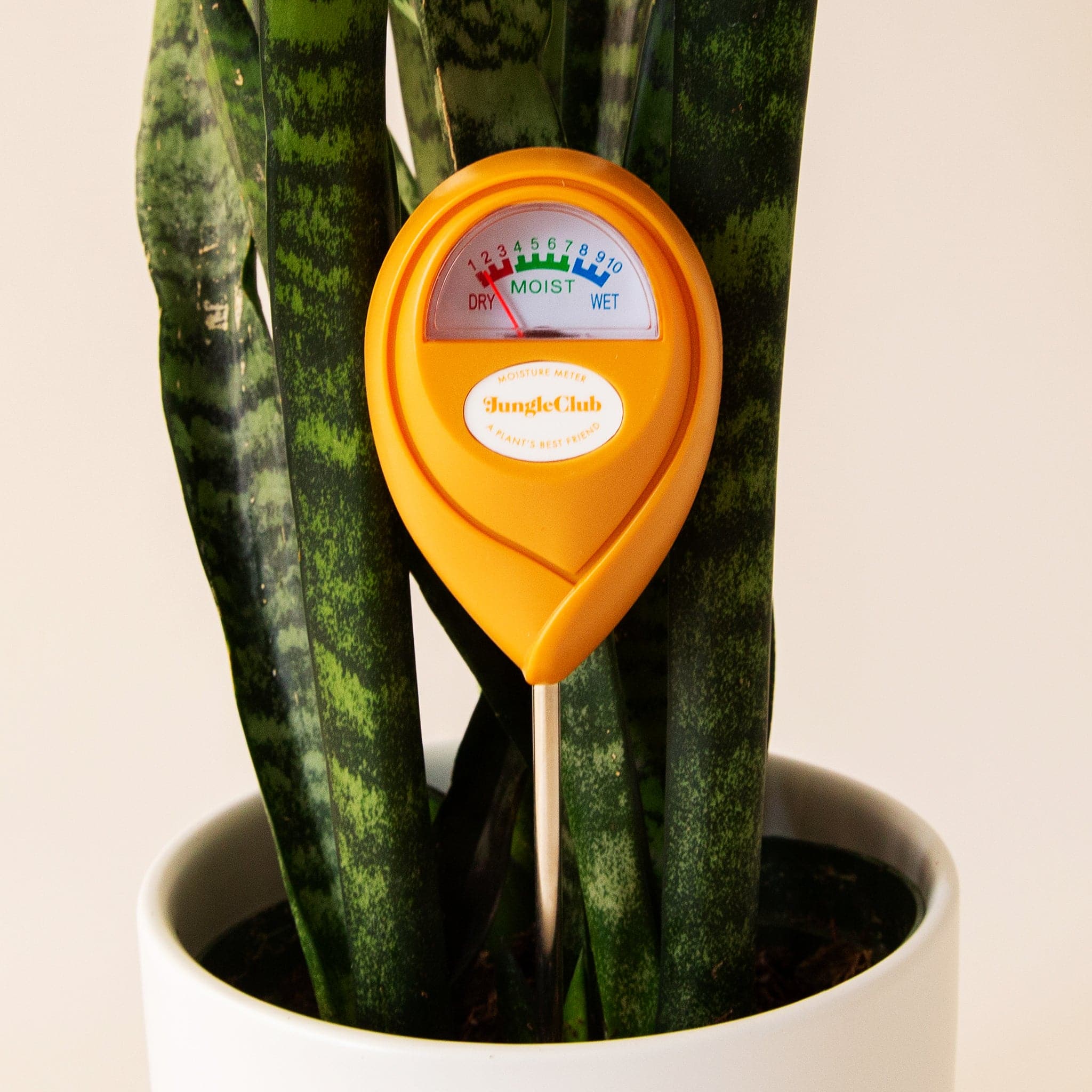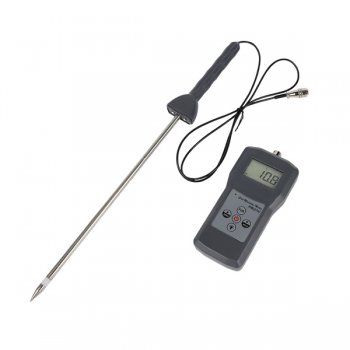The Science Behind Moisture Meters: Just How They Work and Why They're Crucial
The Science Behind Moisture Meters: Just How They Work and Why They're Crucial
Blog Article
Look Into the Globe of Dampness Meters: Every Little Thing You Required to Know
In the world of wetness meters exists a world of precision and functionality that typically goes undetected. Comprehending just how moisture meters operate, the various kinds readily available, and their varied usages can lose light on their importance in guaranteeing high quality and efficiency.
Exactly How Wetness Meters Job
Moisture meters run by measuring the electrical conductivity or capacitance of products to figure out the wetness content existing - Moisture Meter. These meters are very useful tools across numerous sectors, consisting of agriculture, building and construction, and woodworking. By using various techniques such as pinless or pin-type innovation, dampness meters offer precise analyses that assist specialists make educated choices
Pin-type wetness meters work by placing the sharp pins right into the material being checked. The electric conductivity in between the pins is then determined, with greater dampness degrees leading to boosted conductivity. On the other hand, pinless wetness meters make use of electro-magnetic signals to check a larger area without causing any type of damages to the product's surface area. These meters are optimal for swiftly analyzing moisture levels in large areas or finished products.
Despite the approach made use of, dampness meters play a crucial role in stopping problems such as mold growth, structural damages, or item issues created by excess wetness. Recognizing just how these meters work is necessary for making sure the high quality and integrity of materials in numerous applications.
Sorts Of Wetness Meters
Offered the important function moisture meters play in numerous industries, it is important to recognize the different kinds available to professionals for precisely evaluating dampness levels. There are primarily 2 main kinds of moisture meters: pinless and pin-type wetness meters.
Pin-type moisture meters use 2 pins that are placed right into the material being examined to determine the electric resistance between them. This approach is typically made use of for wood, drywall, and various other building materials. Pin-type meters give accurate analyses at particular midsts, making them ideal for determining wetness slopes.
On the other hand, pinless dampness meters use electromagnetic sensing unit plates to scan a larger location of the product without triggering any kind of damages. This type is appropriate for promptly scanning large areas and is generally used for floor covering, walls, and ceilings. Pinless meters are practical for taking analyses on completed surfaces without leaving any type of noticeable marks.
Both sorts of dampness meters have their advantages and are picked based upon the specific requirements of the task handy. Recognizing the differences between these types is critical for professionals to make accurate wetness analyses.
Applications Throughout Industries
With varied functionalities, wetness meters discover extensive application throughout numerous sectors, assisting professionals in making sure ideal problems for products and frameworks. In the agriculture market, dampness meters are important for establishing the dampness content in grains, seeds, and hay, guaranteeing quality assurance and preventing mold development. Building and construction experts depend on dampness meters to examine the wetness levels in building materials like concrete, drywall, and timber, which is important for preserving structural honesty and protecting against concerns like rot or mold and mildew. The flooring industry makes use of dampness meters to gauge the wetness material in subfloors before mounting different floor coverings, protecting against pricey see page damages due to excess moisture. In addition, in the food sector, wetness meters are used to check and manage moisture levels in items such as grains, nuts, and dried out fruits to preserve quality and top quality. Furthermore, moisture meters play a crucial function in the reconstruction and damages assessment sector by helping professionals attend to and identify water damage in structures quickly. Throughout these diverse sectors, moisture meters are crucial tools for making certain the high quality, safety and security, and durability of numerous materials and products.
Tips for Making Use Of Dampness Meters
When determining the moisture material in numerous materials,Utilize the moisture meter's calibration setups to guarantee exact readings. Calibration is crucial for the correct performance of a dampness meter. Prior to each usage, it is suggested to examine and readjust the calibration setups according to the details product being checked. In addition, ensure the meter is set to the right wetness variety for the material you are measuring to obtain one of the most specific outcomes.

When using a pin-type wetness meter, place the pins to the proper depth recommended for the material being examined. This makes sure that the wetness readings are taken from the correct deepness within the product, giving an extra exact depiction of its moisture content. For pinless dampness meters, bear in mind to preserve proper call with the product's surface to obtain trusted analyses.

Routinely examine and replace the batteries in your dampness meter to stop unreliable readings because of low power. Shop the meter in a safe and completely dry location when not in use to extend its lifespan and preserve its precision. By following these ideas, you can take full advantage of the efficiency of your moisture meter and acquire specific moisture material measurements throughout various materials.

Upkeep and Calibration
To ensure the accuracy of wetness web content dimensions, regular maintenance and calibration of the wetness meter are crucial actions in its correct performance. Calibration adjusts the dampness meter to make certain that it provides trusted and regular results.
Calibration ought to be performed regularly, specifically if the dampness meter is made use of regularly or in vital applications where exact dimensions are needed. Lots of dampness meters come with calibration tools or can be adjusted by professional solutions - Moisture Meter. It is advised to maintain a log of calibration days and results to track the efficiency of the dampness meter with time. By adjusting the Learn More wetness and preserving meter on a regular basis, customers can trust the accuracy of the moisture content dimensions gotten.
Final Thought
Finally, dampness meters play a crucial function in numerous markets by properly measuring the dampness material of materials. Recognizing exactly how these devices function, the different kinds available, and correct maintenance and calibration are crucial for acquiring dependable outcomes. Whether in farming, manufacturing, or building and construction, using wetness meters helps make sure top quality control and effectiveness in procedures.
Construction experts count on moisture meters to analyze the moisture levels in structure materials like timber, drywall, and concrete, which is crucial for preserving published here architectural integrity and avoiding concerns like rot or mold and mildew. The flooring sector uses wetness meters to gauge the moisture content in subfloors before mounting various floor coverings, stopping pricey damages due to excess moisture.Use the wetness meter's calibration setups to make certain precise analyses when determining the dampness web content in various materials. By following these suggestions, you can maximize the performance of your moisture meter and acquire accurate wetness material measurements throughout various products.
In verdict, dampness meters play a crucial role in numerous sectors by properly gauging the dampness material of products.
Report this page